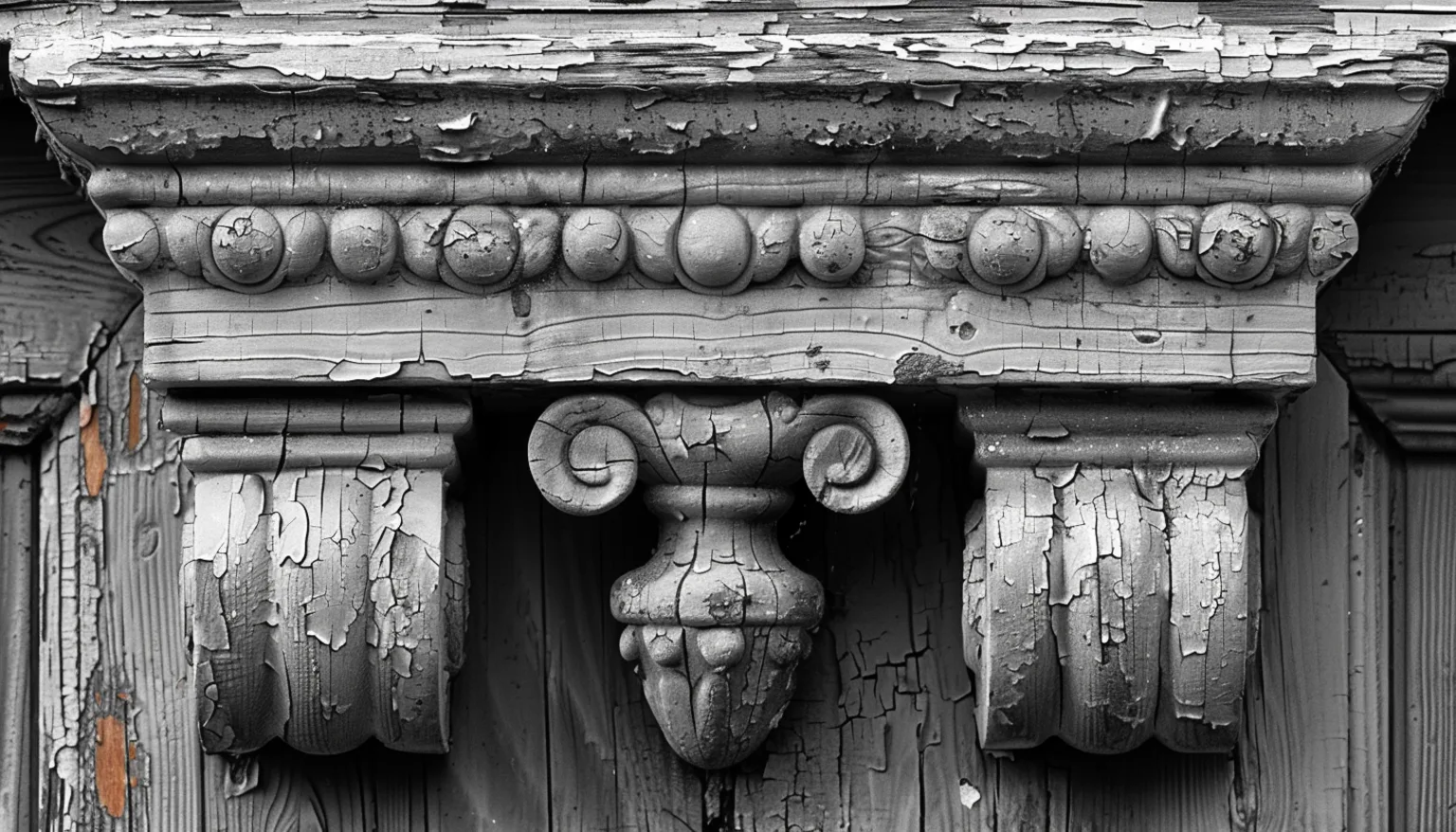- Tags
- #historic home modernization
- #Chattanooga renovations
- #architectural preservation
- #modern living
The journey of modernizing a historic home in Chattanooga is a blend of art and strategy, requiring a sensitive approach to preserving architectural integrity while meeting the needs of modern living. This guide provides insights into the art of historic home modernization, offering homeowners practical advice on how to honor their home’s past while seamlessly integrating the conveniences and efficiencies of the present.
Key Takeaways
| Aspect | Approach |
|---|---|
| Architectural Integrity | Maintain and restore original features |
| Contemporary Comforts | Integrate modern amenities subtly |
| Energy Efficiency | Implement eco-friendly updates |
| Functional Living Spaces | Adapt spaces to modern lifestyles without altering character |
| Respectful Additions | Ensure extensions complement the original structure |
Preserving Architectural Integrity
The first step in modernizing a historic home is to preserve and restore its architectural integrity. This means retaining original moldings, fixtures, and flooring wherever possible. Utilizing our historic woodwork restoration service, homeowners can revive the craftsmanship and beauty of these elements, ensuring they remain a focal point of the home’s design.
Integrating Contemporary Comforts
Modernizing a historic home doesn’t mean sacrificing its character for the sake of contemporary comforts. The challenge lies in subtly integrating modern amenities such as updated HVAC systems, smart home technology, and modern kitchen and bathroom fixtures. These enhancements should improve the home’s functionality while remaining discreet, as highlighted in our kitchen remodeling service.
Implementing Energy Efficiency
Energy efficiency is a crucial component of modern living, and historic homes can be updated to meet these standards without compromising their aesthetic. Techniques such as adding insulation, using energy-efficient windows that mimic the original style, and upgrading to LED lighting can significantly reduce a home’s environmental impact. For more eco-friendly renovation ideas, refer to our Energy Efficient Kitchen Guide.
Adapting Functional Living Spaces
Modern lifestyles often require more flexible living spaces than what historic homes traditionally offer. Creating open-plan living areas, adding en-suite bathrooms, or converting unused spaces into home offices can enhance functionality. These adaptations should be done in ways that respect the home’s original layout and features, ensuring that new functionalities blend seamlessly with the old charm.
Planning Respectful Additions
When additional space is needed, any extensions or additions to the home should be thoughtfully designed to complement the existing architecture. This might involve using matching materials, respecting the original architectural lines, and ensuring that new structures are in harmony with the historic character of the home. Our projects section showcases examples of additions that respect and enhance the original property.
Conclusion
Modernizing a historic home in Chattanooga is a delicate balance between preservation and innovation. By maintaining architectural integrity, integrating contemporary comforts, implementing energy efficiency, adapting living spaces, and planning respectful additions, homeowners can achieve a modernized home that honors its past while embracing the future. For further guidance and inspiration, our services and blogs provide a wealth of resources tailored to historic home renovation.
This approach ensures that Chattanooga’s historic homes continue to tell their stories while providing comfortable, functional living spaces for the modern family, bridging the gap between the past and the present in the most harmonious way.

